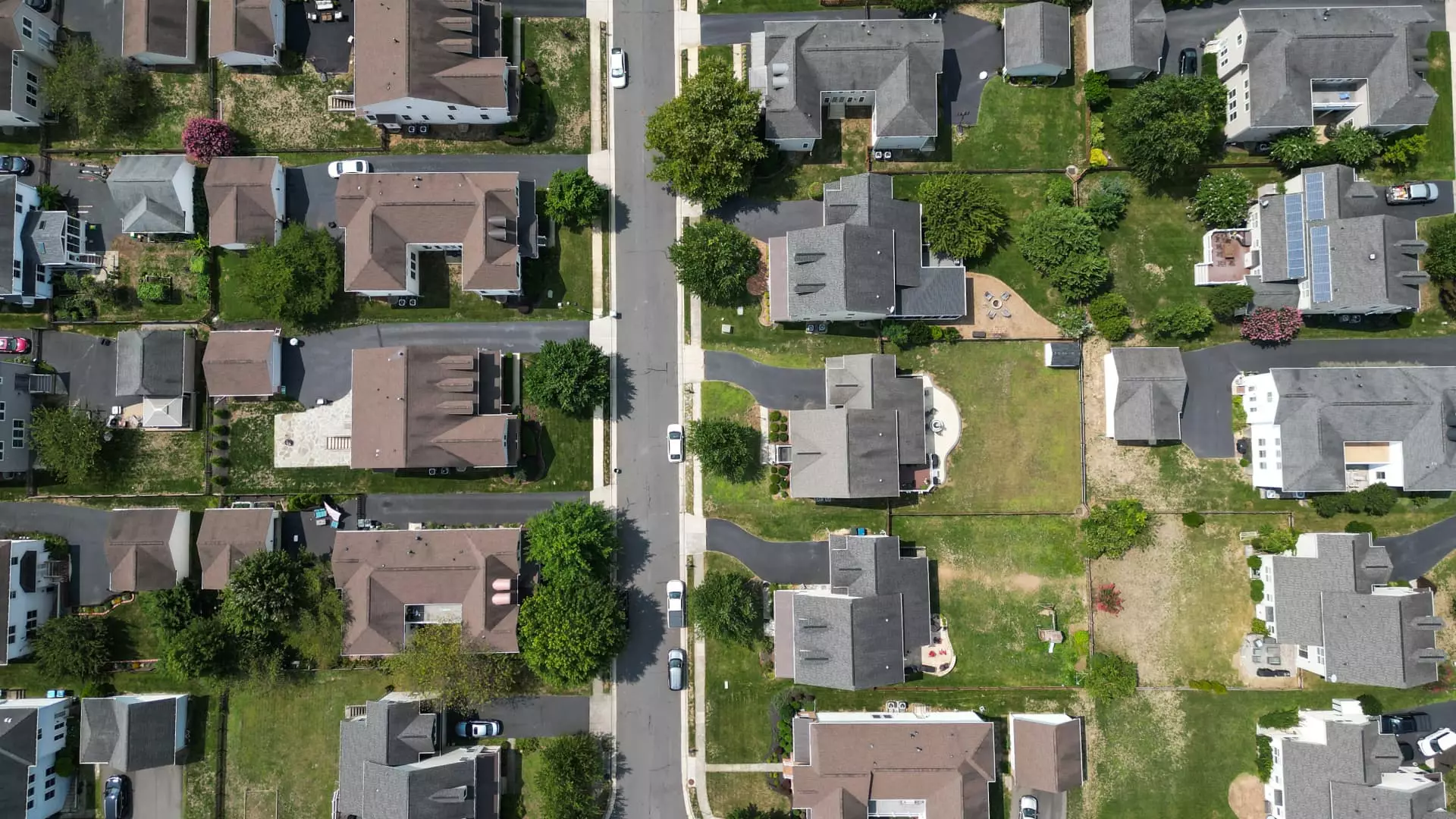Recent declines in mortgage rates may seem like a boon for homeowners eager to refinance or new buyers on the cusp of entering the market. However, this drop is more illusion than upheaval. While applications for refinancing have surged—up by a notable 7% from the previous week—the deeper truth is that many homeowners remain cautious. The average rate, now at 6.79%, appears attractive at first glance, especially when compared to last year’s higher rates. Yet, for those with substantial loans, the increase in refinance activity is primarily driven by necessity, not optimism. The average loan size for refinance applications has grown, signaling that only those with more significant equity or pressing financial needs are jumping into the market. It suggests a landscape where the average homeowner isn’t enthusiastically capitalizing on lower rates but reacting to economic constraints, rather than embracing a genuine recovery.
The Diverging Paths of Borrowers and Buyers
Interestingly, the uptick in refinancing applications has no echo in home purchase activity. Buyer interest remains tepid, with purchase loan applications hardly budging, increasing a mere 0.1%. The modest rise underscores a persistent hesitance driven by uncertainty—rising inflation, volatile economic indicators, and fears of a potential downturn. This is not the sign of a robust housing market reawakening but evidence of a cautious, hesitant sector waiting on a more stable economic foundation. The disconnect highlights fundamental issues: while refinancing becomes a tool for financial relief for some, it does little to invigorate the broader housing market. Many potential buyers are simply reluctant to commit, despite the allure of seemingly lower mortgage rates.
The Illusive Power of Rate Cuts
Falling mortgage rates often carry symbolic power—they suggest that housing is becoming more affordable and accessible. But in this fragile economic climate, such signals are misleading. The market’s sluggish response to rate decreases exposes a deeper malaise: economic uncertainty continues to overshadow potential gains. Job openings data released this week compounds this anxiety, keeping consumers on edge. For many, the idea of committing to a long-term financial obligation with an uncertain economic outlook outweighs any savings achieved through lower rates. The optimism some analysts might have cultivated around these declines is unwarranted. Instead, the market seems to be grappling with the reality that affordability is not just about rates but about broader economic confidence. Until that confidence is restored, falling mortgage rates will remain little more than a temporary respite rather than a catalyst for substantial growth.

